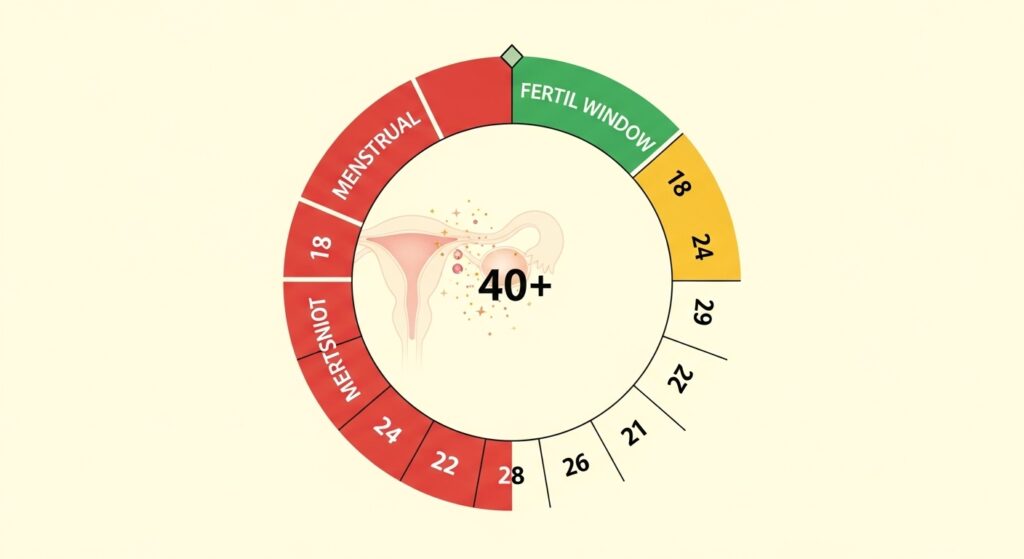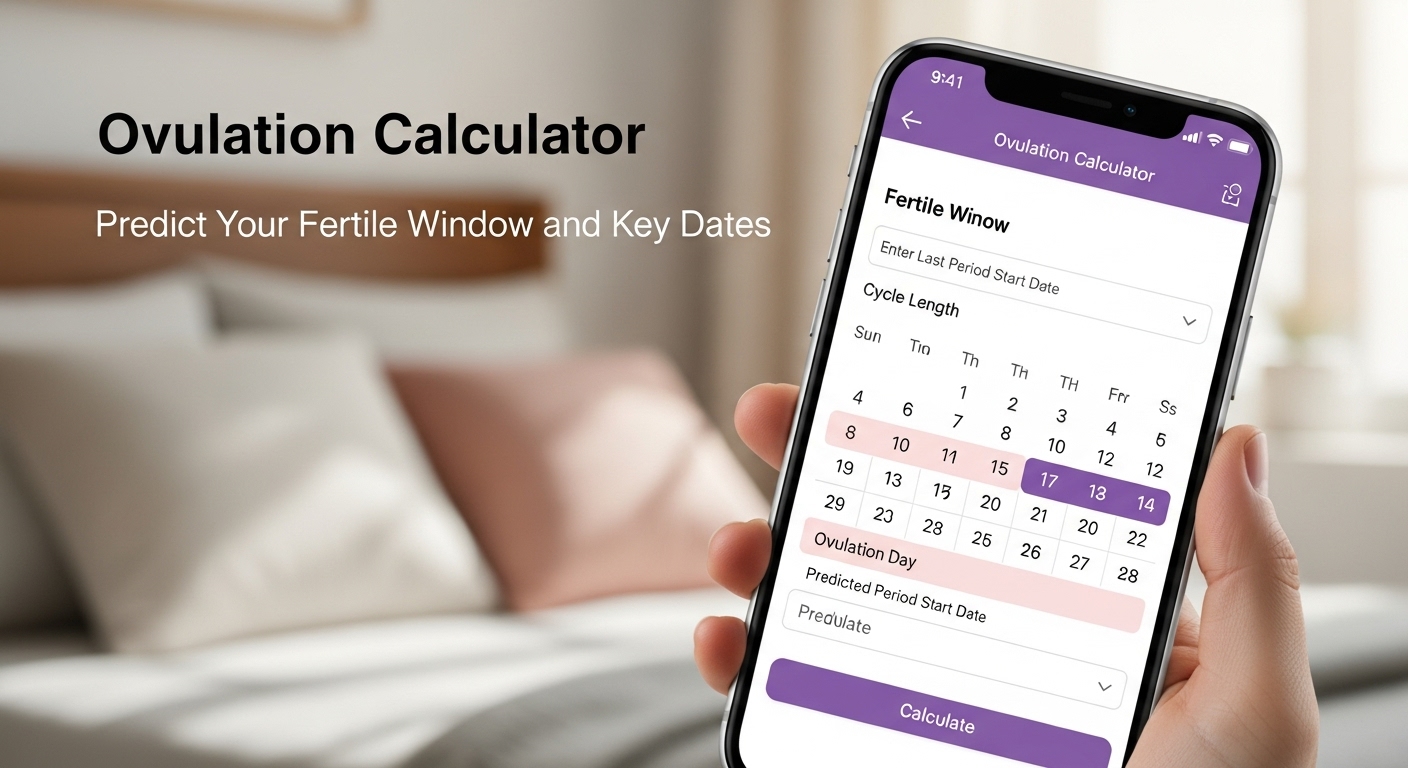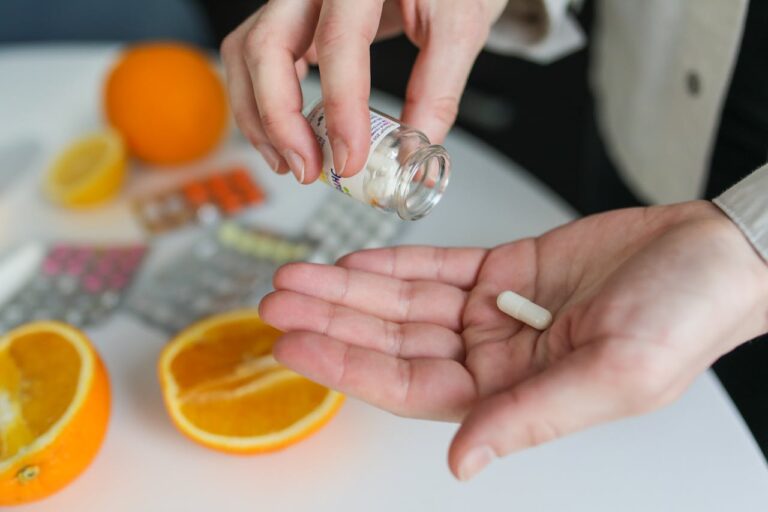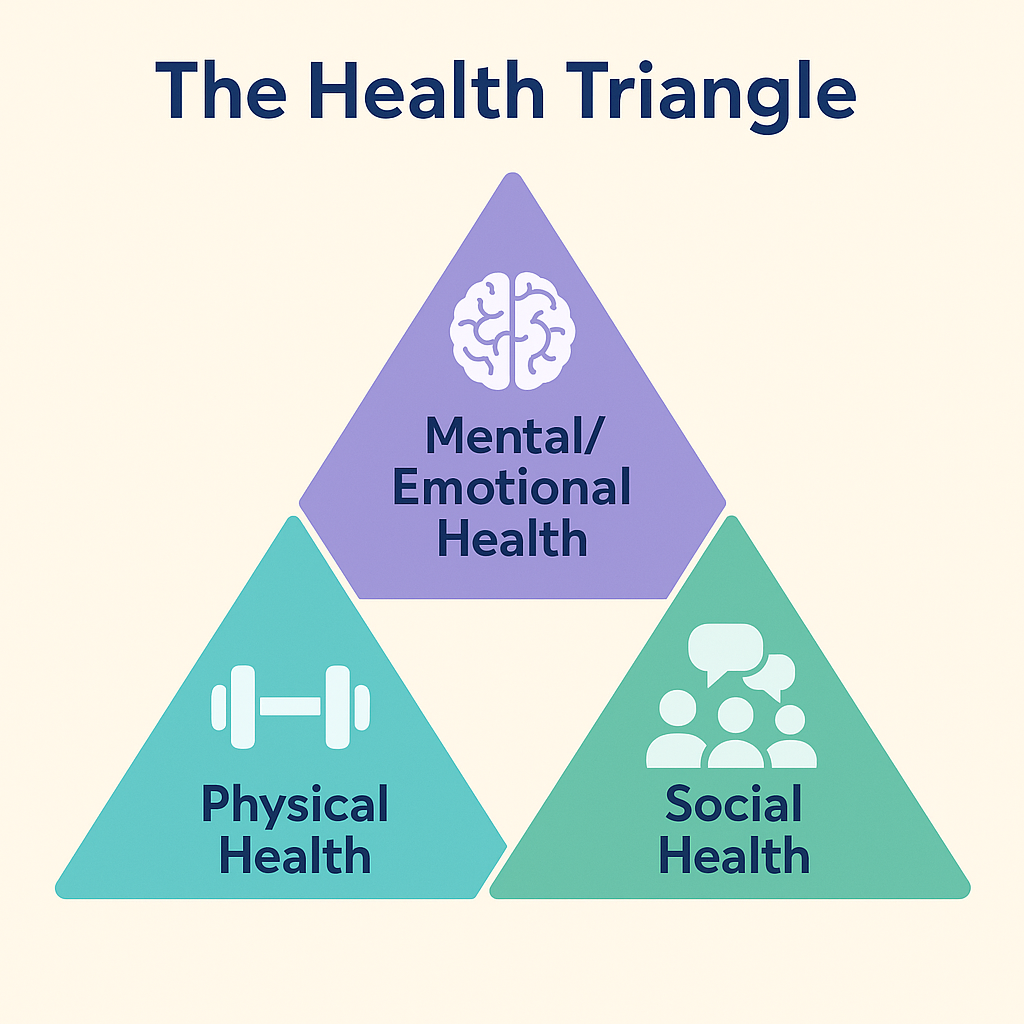Ovulation Calculator: Fertile Window & Cycle Dates Over 40
An ovulation calculator estimates your most fertile days and other important cycle dates based on your last period. It is a helpful tool for planning pregnancy, but should not be used as birth control.
If you want to know about ovulation now, just use our Free Ovulation Calculator.
How Ovulation Works
Ovulation is when a mature egg is released from the ovary, ready for fertilization. On average, ovulation occurs 14 days before the next menstrual period. The fertile window-when conception is most likely, typically falls between day 10 and day 18 of the menstrual cycle.
| Event | Typical Timing |
|---|---|
| Egg release | Midpoint of the menstrual cycle |
| Fertile window | Days 10–18 |
| Egg lifespan | 12–24 hours |
| Sperm lifespan | Up to 5 days |
| Implantation if fertilized | 6–12 days after ovulation |
Tip: Having intercourse regularly during the fertile window can increase your chances of getting pregnant. Sperm can live in the reproductive tract for several days.

Methods to Predict Ovulation
1. Tracking Menstrual Cycles
Monitor your periods to determine fertile days. The first day of bleeding is day one of the cycle. Cycles vary, so maintaining a menstrual calendar helps estimate ovulation.
2. Basal Body Temperature (BBT)
BBT is your morning temperature upon waking. It dips just before ovulation and rises by about 0.5°F after egg release. Tracking BBT for several months can help pinpoint ovulation. Illness or poor sleep may affect readings.
3. Ovulation Predictor Kits (OPKs)
OPKs detect hormone surges 24–48 hours before ovulation.
- LH surge tests: Most common, highly accurate for predicting ovulation.
- Saliva or sweat tests: Measure estrogen or salt level changes for earlier ovulation detection. These require baseline tracking for accuracy.
| Method | Accuracy | Notes |
|---|---|---|
| Menstrual tracking | Moderate | Best for regular cycles |
| BBT | Moderate-High | Needs daily measurement |
| Ovulation kits | High | Detect LH surge; can’t predict exact hour |
| Saliva/sweat tests | Moderate-High | Early prediction but requires preparation |
Using the Ovulation Calculator
- Enter the first day of your last period.
- Input your average cycle length.
- Review your fertile window and estimated ovulation date.
- Combine with BBT or OPKs for higher accuracy, especially if cycles are irregular.
Frequently Asked Questions (FAQs)
Q: Can ovulation calculators prevent pregnancy?
A: No. These calculators estimate fertile days but do not replace contraception.
Q: How long is a fertile window?
A: Usually 5–6 days, including the 4 days before ovulation and the day of ovulation.
Q: How accurate are ovulation calculators?
A: Accuracy depends on cycle regularity. Women with irregular cycles may need additional methods like BBT or OPKs.
Q: Can I get pregnant right after my period?
A: It’s possible if your cycle is short and ovulation occurs early, but it’s less likely than during the fertile window.
Q: How can I track ovulation more precisely?
A: Combine menstrual tracking, BBT, and ovulation tests for the best prediction.







